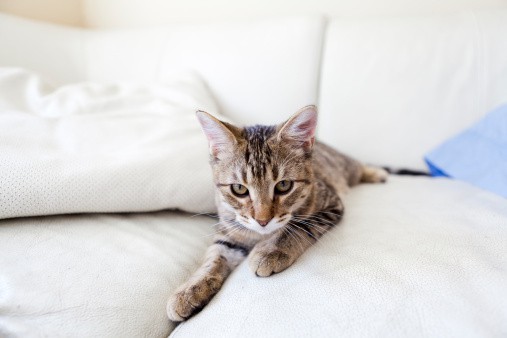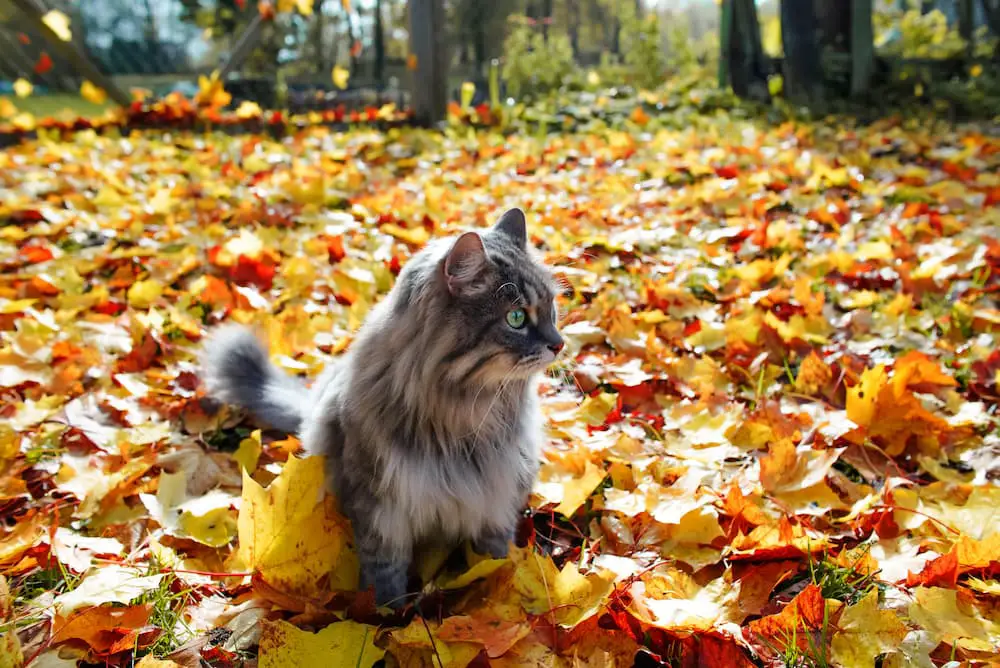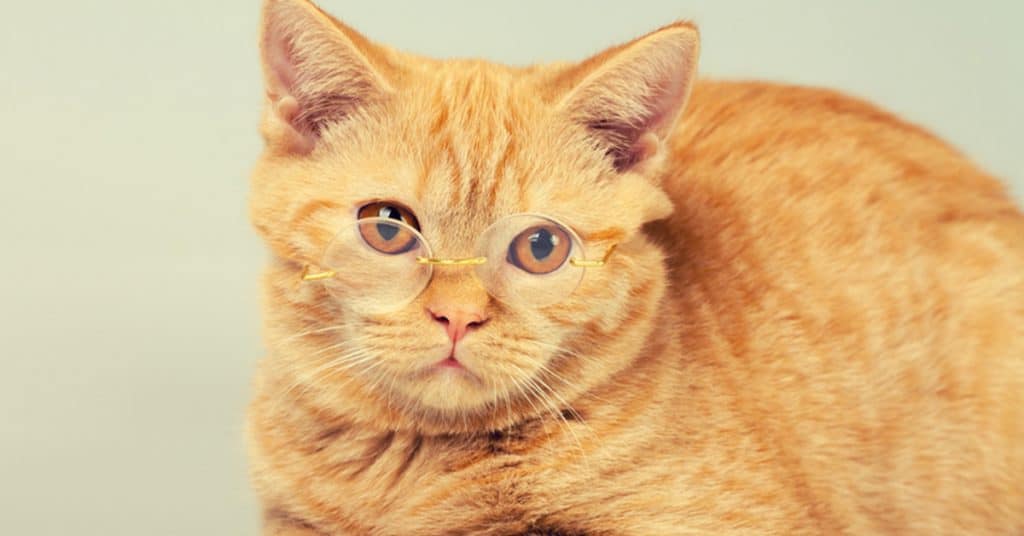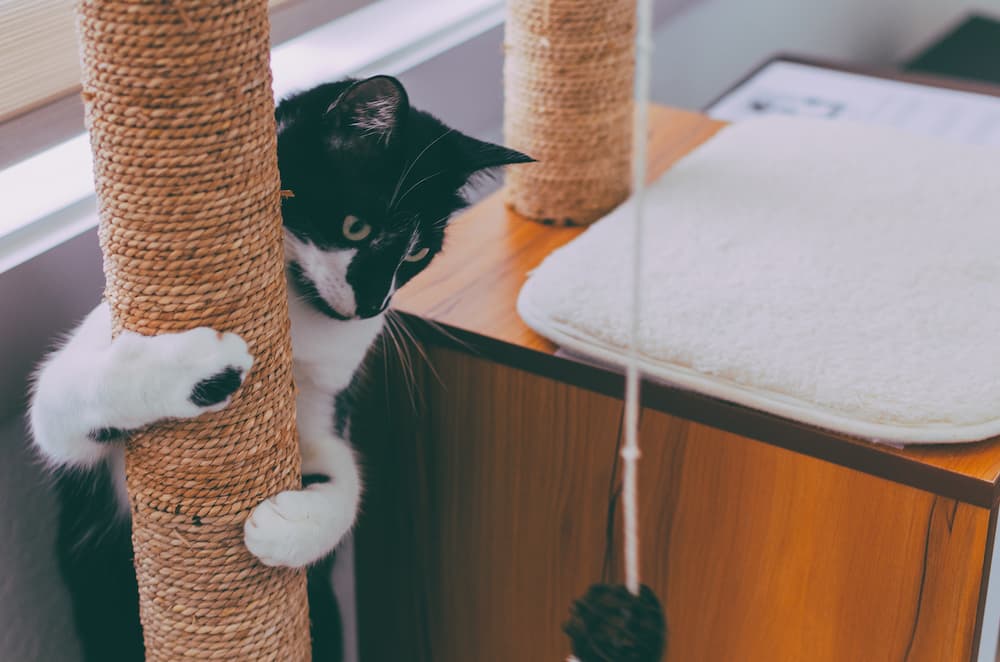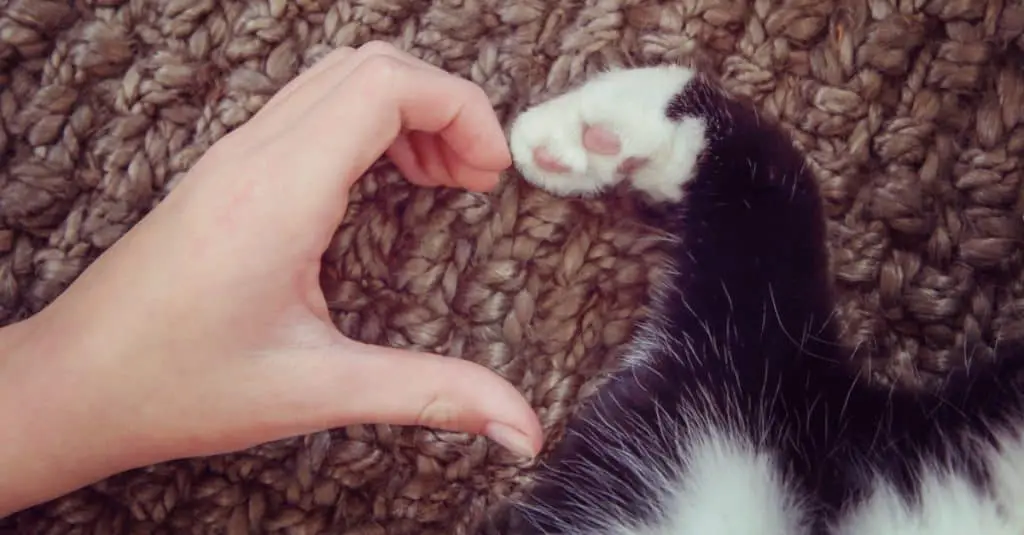You’ve adopted a cat, and now it’s time to bring him or her home to your bunny. But, wait a minute… Is that coexistence possible – or sensible? Contrary to popular belief, cats and rabbits can make great pet companions, but their interaction will depend on how they are introduced to each other, kept and handled. Here are some easy tips on how to properly nurture this predator-prey relationship and even turn it into friendship.
Consider the animals’ age and personality
Is there a difference between bonding kittens or a full-grown rabbit and a cat? When it comes to acclimation and training, strike the iron while hot. The younger the animals, the more tolerant and accepting they will be of adaptation and their rival’s presence. Since cats are natural predators and their instinct is to hunt and chase, you will have more chances of controlling that natural urge if the pets grow up together.
Rabbit’s personality can also play a significant role in bonding with other pets. Once they feel safe, rabbits can be as territorial as cats, so there may be some friction between the two. There are rabbit breeds more docile and friendly around people and other pets, such as the larger breeds like the Checkered Giant and California Giant.
Related: How Shelters Test a Dog for Cat-Friendliness
Create a pleasant and neutral environment
Since both cats and rabbits can become very territorial, the best place to socialize them would be in a wide neutral scent-free space. If you have a backyard, garden or a room where your pets don’t usually abide, that’s where you should try introducing them. Also avoid corners or rooms where the animals sleep, eat and play separately, as you will be invading their personal safe zone.
Take full control of the first encounter
The first time your pet cat and rabbit meet will determine their relationship in the long run. Patience, dedication and discipline are important in the first few weeks of their interaction to enable a friendly and tolerable atmosphere. Before bringing the cat to the rabbit, make sure that both animals are calm, well fed, and rested to avoid any external stress and unnecessary restlessness.
Keep the rabbit safe in enclosure
Cats’ instinct tells them to hunt, while rabbits feel the need to flee. This is why a rabbit should be safe and comfortable in a cage or a rabbit carrier when the meeting occurs, and a cat should be held on a harness if you have one. Put some hay, grass, water and toys in the rabbit’s space to make it welcoming and pleasant. The cage or a carrier should be sturdy and spacious enough for the rabbit to move.
Try out scent recognition
Animals rely on their scent and you can use this fact to gradually introduce a cat and a rabbit. Before the animals meet, take a clean cloth or a towel and gently rub it on the cat’s (or the rabbit’s) back. Then use the same cloth to stroke the other pet’s back fur. Repeat the process as much as you can, preferably for a couple of days. This way the animals will slowly get used to the new odors and learn to accept them. When the animals finally meet, the reaction and stress levels will be controlled as their new companion will seem already familiar.
Bonding takes practice
Before you’re able to let the rabbit loose in the cat’s presence, giving them a chance to check each other out for an hour a day may quicken the process. Put the rabbit’s cage in a secure corner to avoid any possibility of a direct contact, then let the cat in the room. You should always be present to monitor their behaviour.
Let the animals familiarize with each other’s smell, movement and reacting. If you notice signs of aggression and extreme anxiety, remove the cat and try again later. After a few tries, if the animals are not bonding, continue with the scent familiarization until you feel the pets are ready to meet again.
Related: 7 Ways to Keep Your Indoor Cat Happy
Follow the animals’ lead
When the animals are interacting, observe their reactions and patterns of behaviour. When you notice the bunny getting out of the corner and moving more freely, take it out of the cage and keep it in your hands in front of the cat. After a while you’ll be able to let the rabbit loose. Although safety is crucial, try not to get involved in the interaction, as the pets may associate your presence with extreme alertness and danger. You may notice the animals not paying attention to each other. This may be a sign of relaxing or investigating around, so fight the urge to move them closer or push them to interact.
Supervise the meetings, no matter what
Finally, when your furry friends have managed to coexist in the same room it’s time to monitor the situation. No matter how comfortable and cute they seem together, never leave a cat and a rabbit loose without supervision. You may even notice the rabbit getting bossy and taking the initiative for interaction, but the reality is there’s always a possibility for the unpredicted. The key to a successful cat-rabbit companionship is careful observation, patience and trust in their ability to bond but also the right dose of alertness and suspicion.

